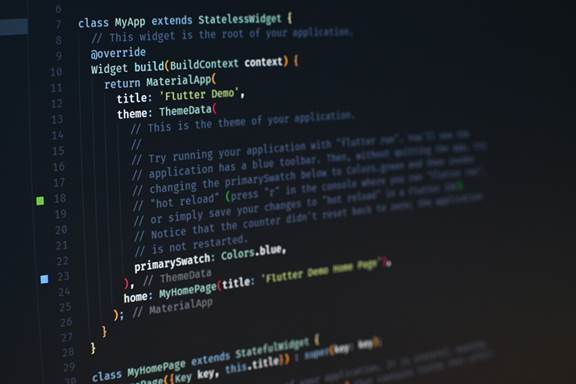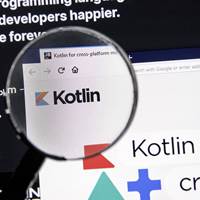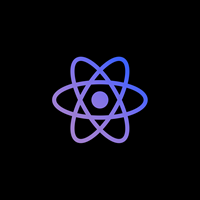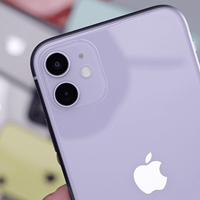Flutter: when is it right for mobile app development?

Guide to Flutter in 2022
Next up in our series of deep-dives into mobile app technology is Flutter, the cross-platform solution with low-level rendering for top performance on both iOS and Android.
We caught up with Swav Kulinski to discuss the technology first introduced in 2017, from its application to web and mobile, to the outcomes for which it is most suited as an app technology.
We caught up with Swav Kulinski to discuss the technology first introduced in 2017, from its application to web and mobile, to the outcomes for which it is most suited as an app technology.





